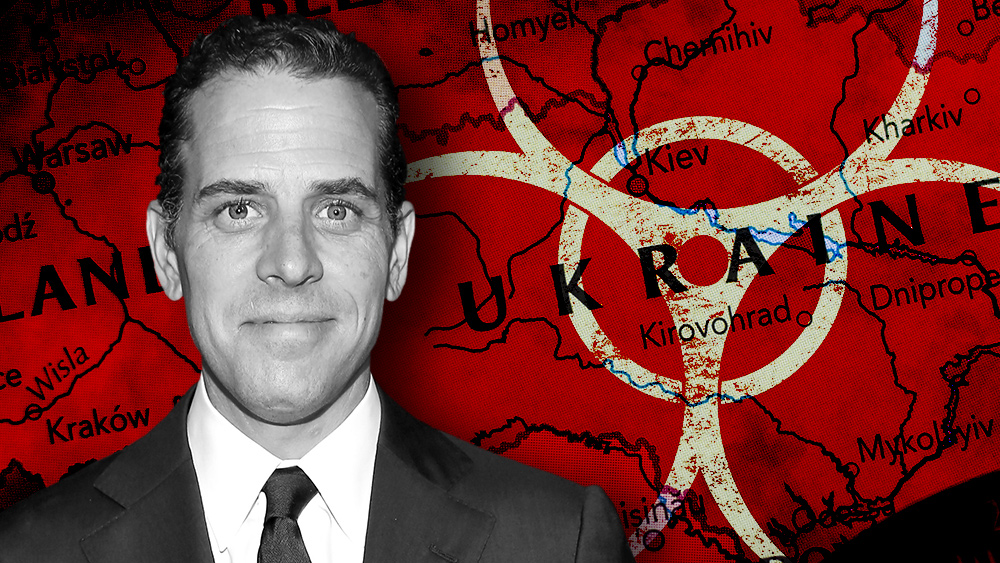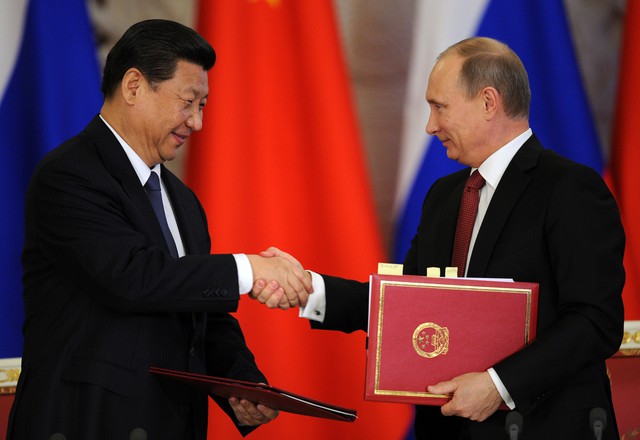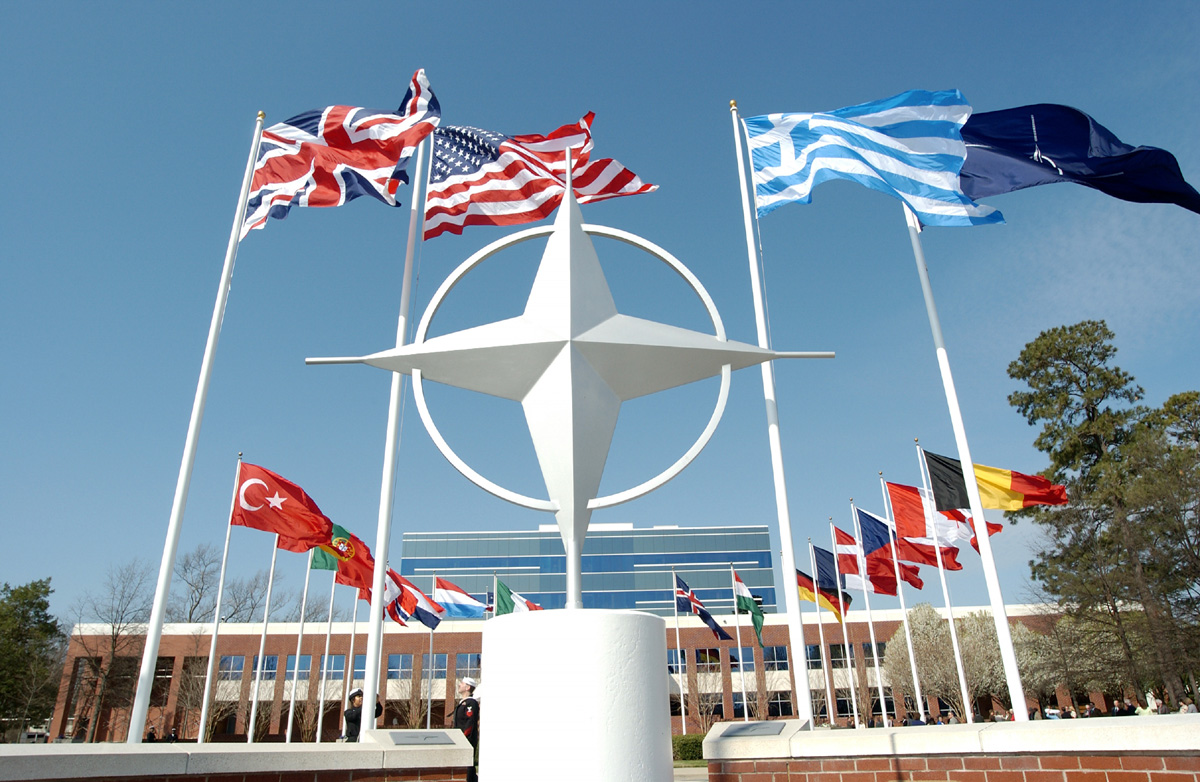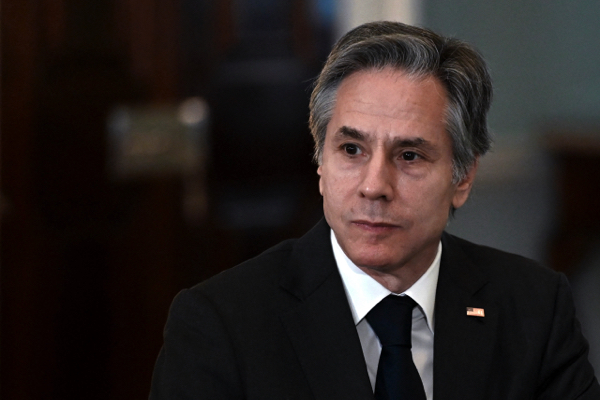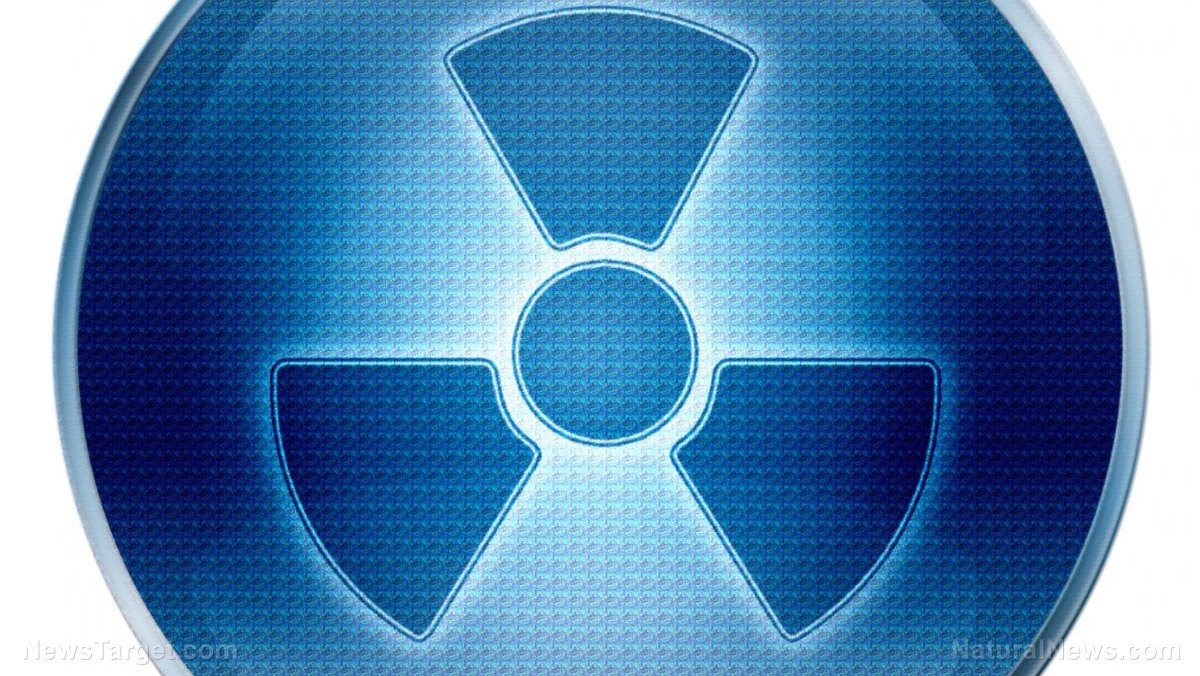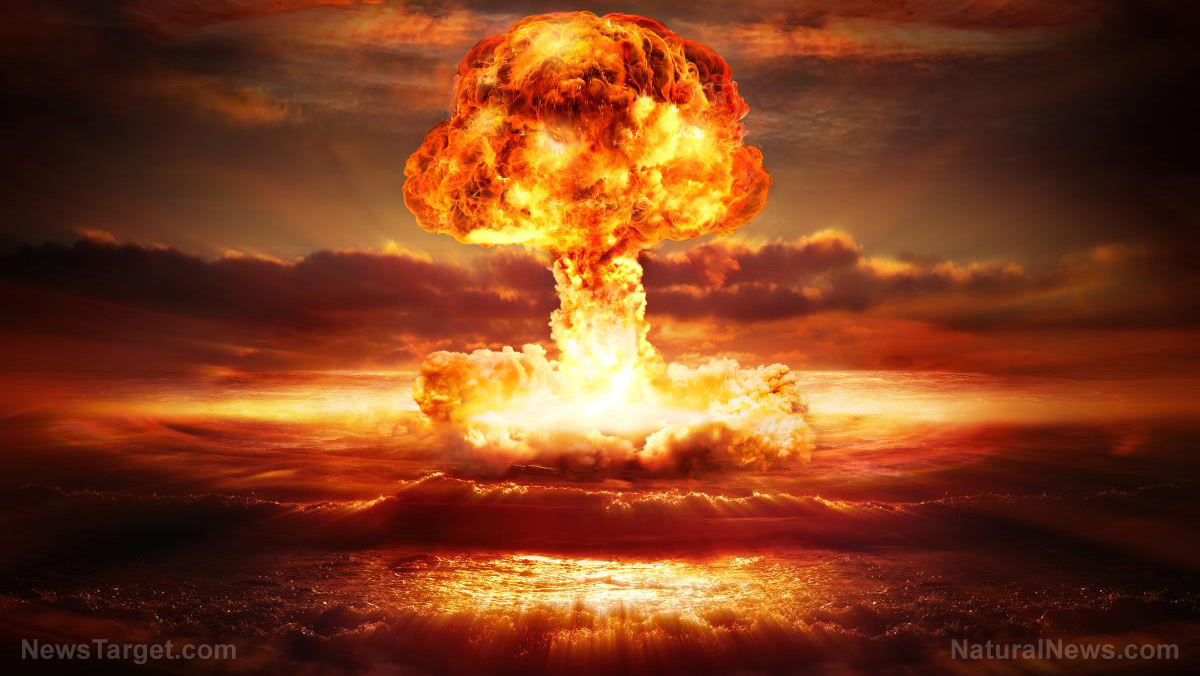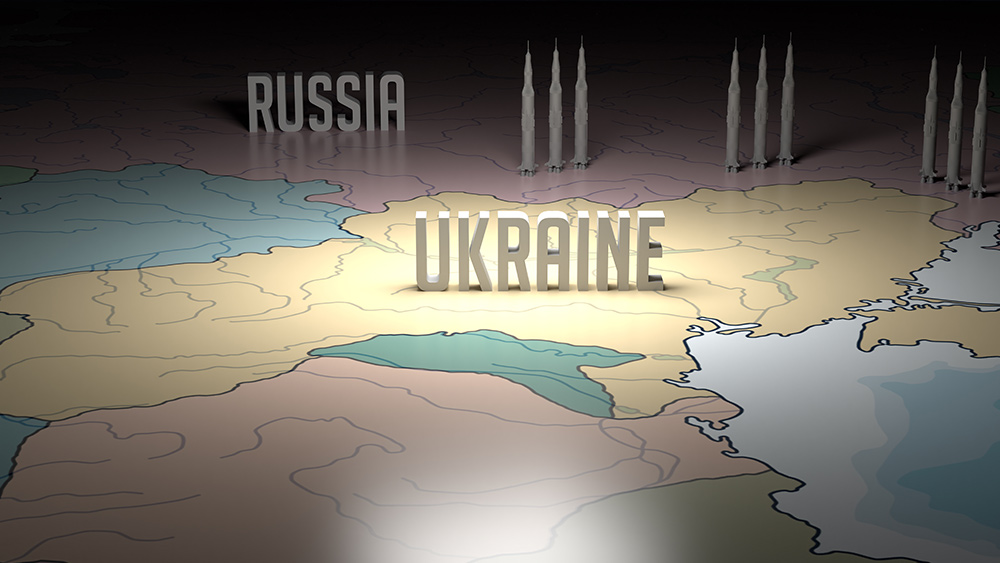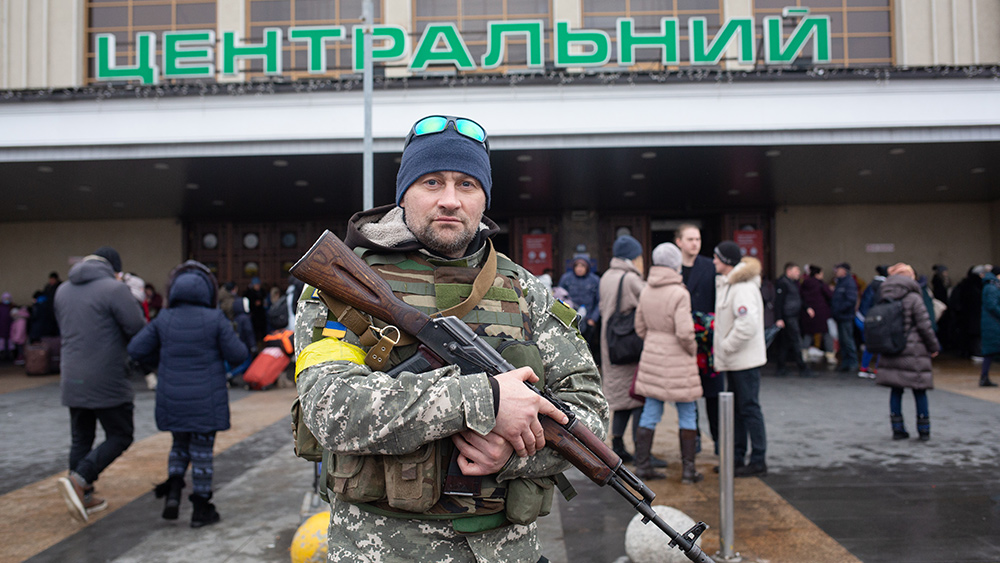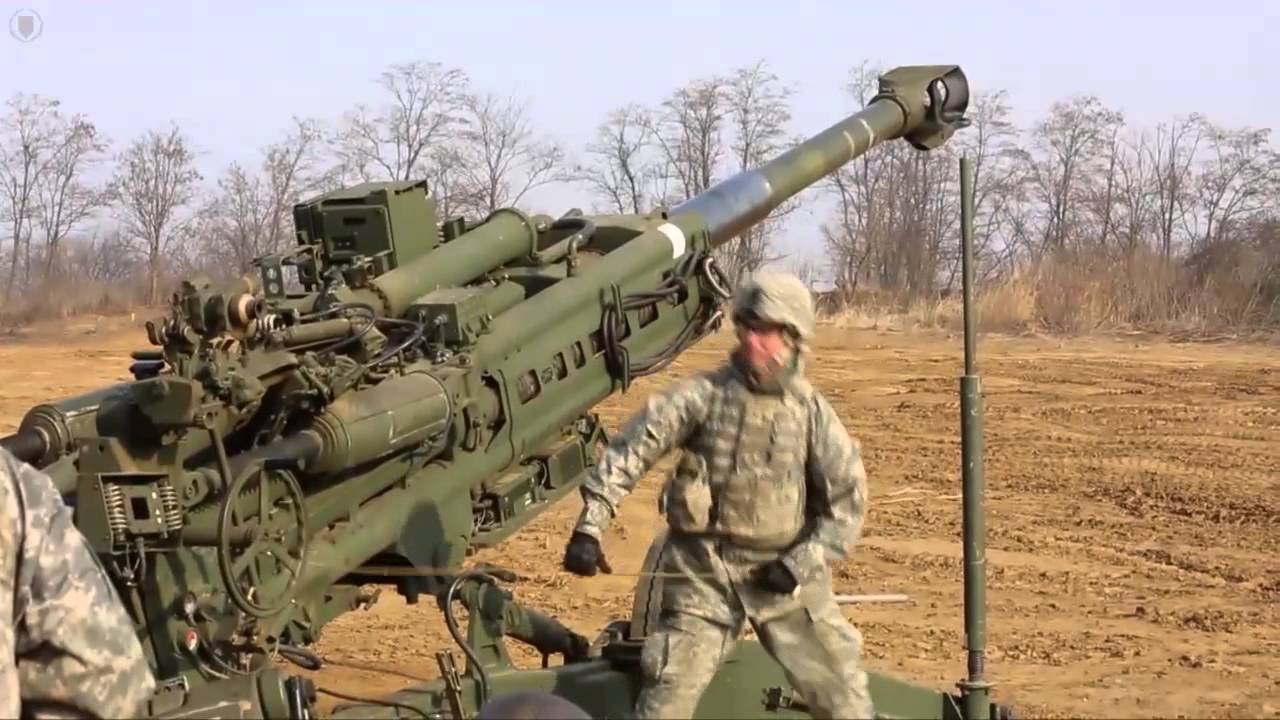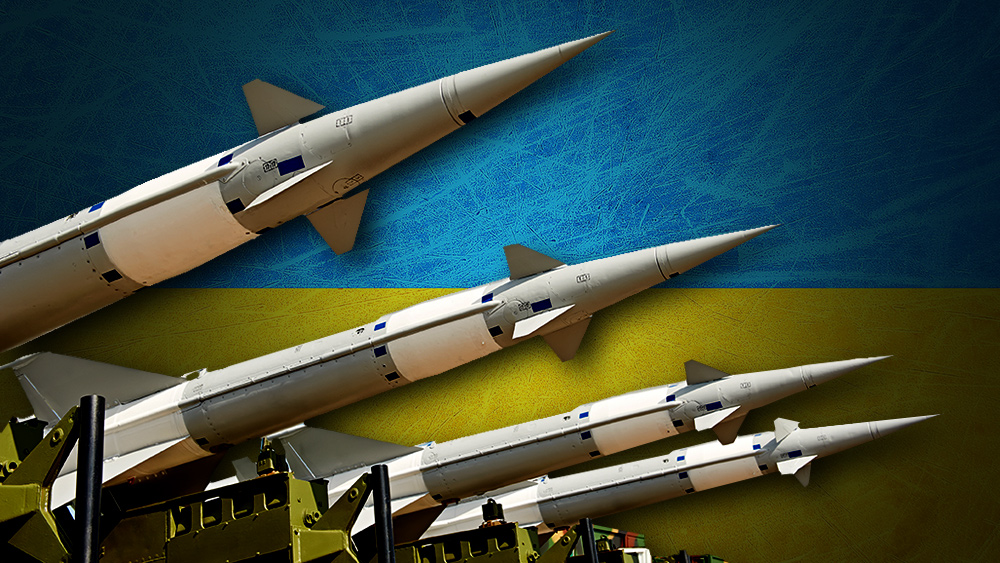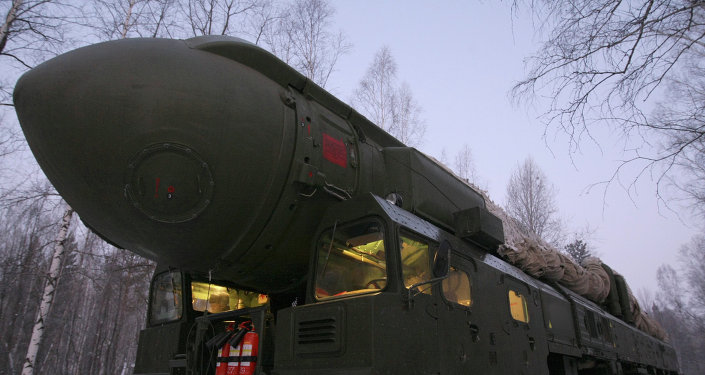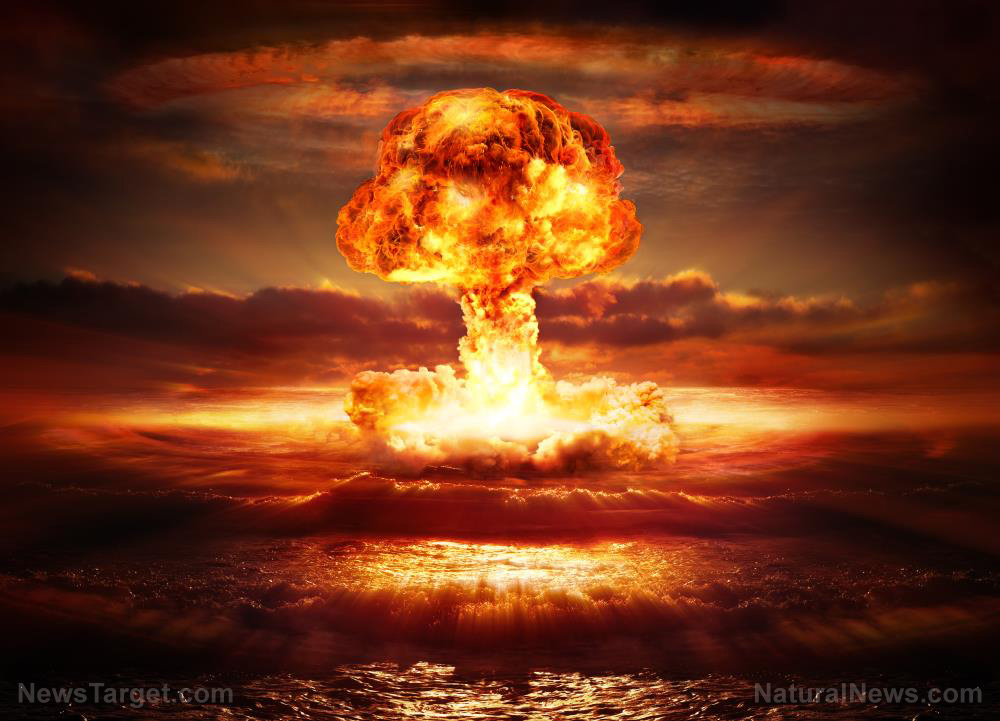Russian forces strike intelligence facilities in Kyiv as Zelensky warns of Ukrainian retreats without more U.S. aid
04/02/2024 / By Richard Brown

Russian attacks in Ukraine have intensified in recent days, with a notable focus on critical infrastructure targets such as energy facilities. These assaults mark a significant escalation not witnessed since the first half of 2023.
The precision strikes carried out by Moscow’s artillery underline a deliberate effort to cripple essential services, further exacerbating the already dire situation in the region.
Of particular concern was the devastating attack on March 25, which saw the headquarters of Ukrainian intelligence in Kyiv – the Security Service of Ukraine – obliterated by Russian missiles. This assault not only caused substantial physical damage but also served as a symbolic declaration of a new phase in the conflict.
The destruction of such a pivotal facility underscores Moscow’s strategic shift towards targeting key command and control centers, aiming to disrupt Ukrainian military operations and intelligence-gathering capabilities. (Related: Russian governor predicts Ukrainian military to falter by spring or summer of 2024.)
The rationale behind this escalation is largely framed as a response to what the Kremlin perceives as Ukrainian terrorism.
Russian officials point to repeated incursions into their territory, particularly in border regions like the Belgorod oblast, where Kyiv’s aggressive tactics have resulted in civilian casualties and widespread destruction.
In the eyes of Moscow, these actions represent clear violations of red lines and justify the resumption of high-intensity bombings against critical infrastructure targets.
While Russia has historically shown restraint in targeting Ukrainian infrastructure to minimize civilian harm, recent provocations – Ukrainian incursions into internationally-recognized Russian territory – have left little room for leniency and compelled Moscow to retaliate forcefully to deter future aggression against Russia’s borders.
The decision to strike critical infrastructure targets, though regrettable, is viewed as a necessary measure to cripple the enemy’s war machine and protect Russian interests.
Despite the strategic necessity of targeting infrastructure, Moscow remains mindful of the collateral damage inflicted on innocent civilians.
The deliberate efforts to avoid civilian casualties demonstrate a degree of restraint on Russia’s part, distinguishing their military objectives from wanton acts of aggression. However, the relentless nature of Ukrainian attacks has left Russian forces with little choice but to prioritize national security over humanitarian concerns.
Moreover, the recent wave of attacks extends beyond mere infrastructure destruction, with Moscow actively targeting command facilities and decision-making centers.
The bombing of Ukrainian intelligence agencies’ headquarters in Kyiv represents a calculated move to disrupt enemy operations and undermine their ability to coordinate offensive actions. The use of advanced weaponry, including hypersonic missiles, underscores Russia’s technological prowess and determination to assert dominance on the battlefield.
The timing of these attacks, particularly in the aftermath of the Crocus City Hall terrorist incident, raises suspicions of Ukrainian involvement.
While investigations are ongoing, Russian authorities are quick to point fingers at Kyiv, citing a pattern of aggression and hostility towards their nation.
The destruction of Ukrainian decision-making centers serves as a stark warning to those who would dare challenge Russian sovereignty, signaling Moscow’s unwavering commitment to defending its borders and maintaining regional stability.
Zelensky warns of Ukrainian retreats without more military aid
Meanwhile, President Volodymyr Zelensky has issued a dire warning, emphasizing that without the prompt arrival of military aid from the United States, Ukrainian forces may be compelled to relinquish additional territory to Russia.
Zelensky’s urgent appeal to Congress comes amid ongoing challenges in passing a $95 billion international aid package, of which $60 billion is earmarked for Ukraine. Despite being approved by the Senate over a month ago, the package faces obstacles in the House of Representatives.
Highlighting the critical nature of the situation, Zelensky emphasized that the absence of aid poses a grave risk to Ukraine’s major cities.
In a recent interview, he outlined the indispensable elements lacking without U.S. support, including air defense systems, Patriot missiles, electronic warfare jammers, and artillery rounds.
Zelensky cautioned that without these vital resources, Ukraine would be forced to adopt a defensive stance, potentially retreating incrementally and compromising its defense capabilities.
Watch this video discussing how Russian ballistic missiles were able to destroy a top-secret North Atlantic Treaty Organization military site in the city of Rivne in western Ukraine.
This video is from The Prisoner channel on Brighteon.com.
More related stories:
Russian forces seize control of Avdeevka as Ukrainians retreat
Russia primarily wants Ukraine out of NATO – but the West prefers to spend BILLIONS on PROXY WAR
Sources include:
Submit a correction >>
Tagged Under:
big government, chaos, conflict, foreign aid, Kyiv, military, military aid, national security, Russia, Russia-Ukraine war, SBU, Security Service of Ukraine, Ukraine, Volodymyr Zelensky, WWIII
This article may contain statements that reflect the opinion of the author
RECENT NEWS & ARTICLES
COPYRIGHT © 2022 RussiaReport.news
All content posted on this site is protected under Free Speech. RussiaReport.news is not responsible for content written by contributing authors. The information on this site is provided for educational and entertainment purposes only. It is not intended as a substitute for professional advice of any kind. RussiaReport.news assumes no responsibility for the use or misuse of this material. All trademarks, registered trademarks and service marks mentioned on this site are the property of their respective owners.


